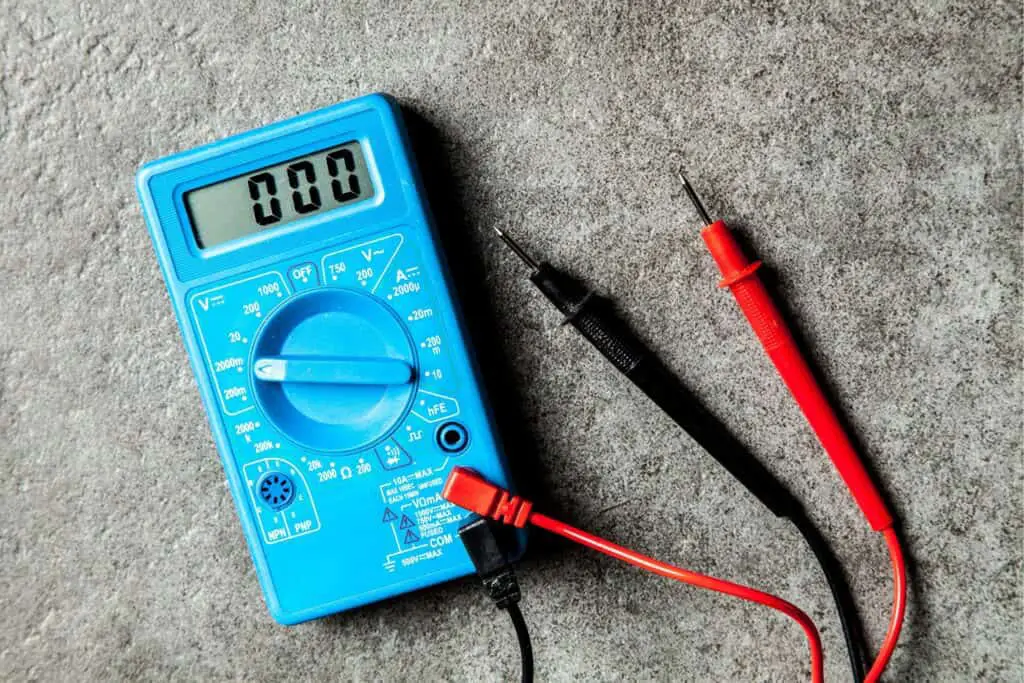Electric bikes have already enjoyed popularity in Europe for some time and are quickly becoming a more commonplace form of transportation worldwide. While the electrical component contributes to ease and usability, it’s not without its pains. Battery-related issues are some of the most common problems that most e-bike owners deal with regularly.
To diagnose your e-bike’s battery problem, start by charging the battery and then inspect the charger. Check the battery for misalignments or loose connections, and make sure the battery’s life cycle is within its limits. Examine the BMS to ensure that it’s in good working condition.
Throughout this article, you’ll also learn the following information:
- Steps to take to diagnose your e-bike’s battery issues appropriately
- Proper ways to care for and potentially extend the life of your e-bike’s battery
Start by Charging Your Ebike Battery
Before beginning the troubleshooting process, make sure that your e-bike’s battery is completely charged. If it’s been a while since the battery was last charged or last used, you’ll want to let the battery charge for about eight hours before attempting to turn the ebike on again.
Check the Charger
If a faulty charger is a culprit, your e-bike’s battery problems could be relatively easy to solve. Before looking into anything else, you’ll want to test your battery charger and make sure that it’s working properly.
Make Sure You’re Using the Correct Charger
First and foremost, it’s essential to make sure that you’re using the correct charger—that being, a charger specifically designed for your bike that lines up with its particular ‘make and model.’ If you aren’t using the correct charger produced by your bike’s original manufacturer, a faulty charger made by a third-party supplier could be the reason for your bike’s lack of power.
Aside from not charging your bike correctly, using the wrong charger over a lengthy period can ruin your bike’s battery in the long run.
Test Your Battery Charger
Plug your charger into an electrical outlet and pay attention to whether or not the indicator lights light up. If the indicator light does not light up or is blinking, it’s more than likely that the charger is defective.
Having a multimeter or voltmeter on hand makes it possible to test the battery charger’s voltage output. If the battery chargers’ output reads zero or is below the charger’s rated voltage, the individual battery charger is most likely flawed or defective.
Check the Ebike Battery
The second step to take when getting to the bottom of your bike’s charging issues is to check your bike battery’s voltage. Make sure that your bike can power-up: the LED’s indicator lights should light up, as should the bike’s display screen.

Using a voltmeter, you can directly test your battery’s voltage. However, if the voltmeter isn’t getting an accurate readout, this signifies that the state of the battery itself is the central issue.
Check the Battery Prongs
If the battery’s prongs aren’t lining up correctly, it can inhibit electricity flow from the charger to the battery. This particular problem can be easily remedied using a wrench or other tool to realign the battery’s prongs.
Check for Loose Connections
A loose connection will impair the flow of electricity and prevent the battery from receiving a charge. Custom bike kits can be problematic in this way. That’s because many of the parts that come in the kit are manufactured individually before being put together by the customer. Leeds Bikes recommends referring to the owner’s manual and looking for loose wiring before reconnecting if needed.
Determine the Last Time the Battery Was Used
If the battery has been left uncharged for six months or less, it should still be in proper working condition. If it’s been more than six months since the last time you used or charged your e-bike, the chances are that the battery is inoperable.
Check the Battery’s Life Cycle
Another reason for a battery dying very quickly can be as simple as the state of the battery itself. A Lithium-Ion battery’s standard lifespan is about 2-3 years, varying from an estimated 300 to 700 charge cycles. Beyond this threshold, the battery’s quality and performance will gradually begin to degrade, sometimes quite rapidly.
It’s possible that due to one reason or another, the battery has died altogether. Sometimes this can be a quick fix due to some small issue like a dead cell or a minor circuitry-related malfunction.
Many enthusiasts note that the more cost-effective option is to repair your e-bike’s battery rather than replace it—whether on your own or via a professional, you’re better off having the battery fixed rather than purchasing a new one.
Check the Battery Management System (BMS)
If both your charger and battery seem to be functioning independently, the issue causing problems in your bike could be the BMS. According to many e-bike enthusiasts, this seems to be the most common explanation for most battery-related e-bike problems.
The BMS, or battery management system, regulates the balance of the battery’s cells during charging and discharging. It also manages power transport to the motor and regulates the battery’s overall temperature, ensuring that the battery does not overheat and endanger the rider nor cause damage to the battery’s quality. If the BMS is dead, it will stop the charger from powering your battery altogether.
Most discharging issues, in turn, can be linked to a bad BMS. If your e-bike’s battery cycles seem unusually reduced—i.e., the battery is draining abnormally fast, perhaps emptying while the bike is not even in use—it could be the work of a failing BMS.
Replacing a BMS is possible, mainly with off-brand batteries, but you need to know what you’re doing. This article details the process for replacing a BMS in a Luna Brand battery pack. Bosch and Shimano don’t recommend opening up your battery for any reason, so you will likley be looking at buying a new battery if your ebike has these brands of battery.
Maintaining Your Battery’s Potential
Many hold that the battery is one of the most critical segments of an electric bike, with the battery determining the velocity and duration of every bike ride. Many e-bike cyclists repair and engineer their own batteries to meet their own particular needs and specifications for a ride.
Batteries are far and away the most expensive part of an electric bike, so taking proper care of your e-bike’s battery is in your best interests financially. Taking care to maintain your batteries will help you get the most quality out of your rides and maximize the battery’s lifespan.
Below are a few tips on how to maximize the quality and potential of your battery’s lifespan.
- Avoid extreme temperatures. Extreme cold can do serious damage to lithium-ion batteries. Never charge a bike that has been recently subjected to freezing weather conditions, especially if it’s still partially frozen. Humidity also has an intensely negative effect on lithium-ion batteries and accelerates degradation. For optimal use, it’s best to store your bike in a dry area at room temperature.
- Avoid deep discharge. Make a habit of not letting your bike’s battery dip below 10% capacity, as this will wear down the battery more quickly. Affordable Electric Bikes recommends charging your battery when it’s between 40-80%.
Conclusion
Following the above suggestions can help address most e-bike battery issues and provide a few tips to help with battery longevity and maintenance.
Here’s a quick recap of the post:
- Try to charge your battery before beginning the diagnostic process.
- Check the charger to make sure you’re using the right one for your e-bike, testing it with a voltmeter to make sure it’s working properly.
- Check the battery—make sure the prongs are correctly aligned, check for loose connections, evaluate battery’s current status.
- Check the BMS.
- Avoid extreme temperatures and deep discharge to maximize battery’s lifespan.
